Students and Teachers a Rabbinic Model
Couldn't load pickup availability
For nearly two millennia, Talmudic academies cultivated a distinctive educational model that balanced hierarchical authority with vigorous intellectual debate - a framework offering surprising relevance to today's educational challenges. Through analysis of classical Jewish legal codes, rabbinic literature, and medieval educational practices, this research reveals how these institutions sustained both deep reverence for teachers and fearless scholarly discourse. Teachers functioned as spiritual fathers, requiring exceptional moral character and piety, while students demonstrated profound respect akin to parental honor. Yet within this hierarchical structure, critical analysis and disagreement flourished, provided debates remained respectful and truth-oriented. The system prioritized ethical behavior over academic credentials for both teachers and students, while incorporating a "higher law" principle that permitted challenging authority when divine commandments conflicted with human directives. Historical examination shows how this delicate equilibrium between authority and intellectual freedom, anchored in moral foundations, sustained Jewish learning across centuries of cultural change. These insights from traditional rabbinic education offer valuable perspectives for contemporary higher education institutions grappling with student unrest and evolving pedagogical demands.

More Information
-
Physical Description
-
Publication Information
Published 1972
ISBN
-
Publication Credits
Aaron Kirschenbaum

